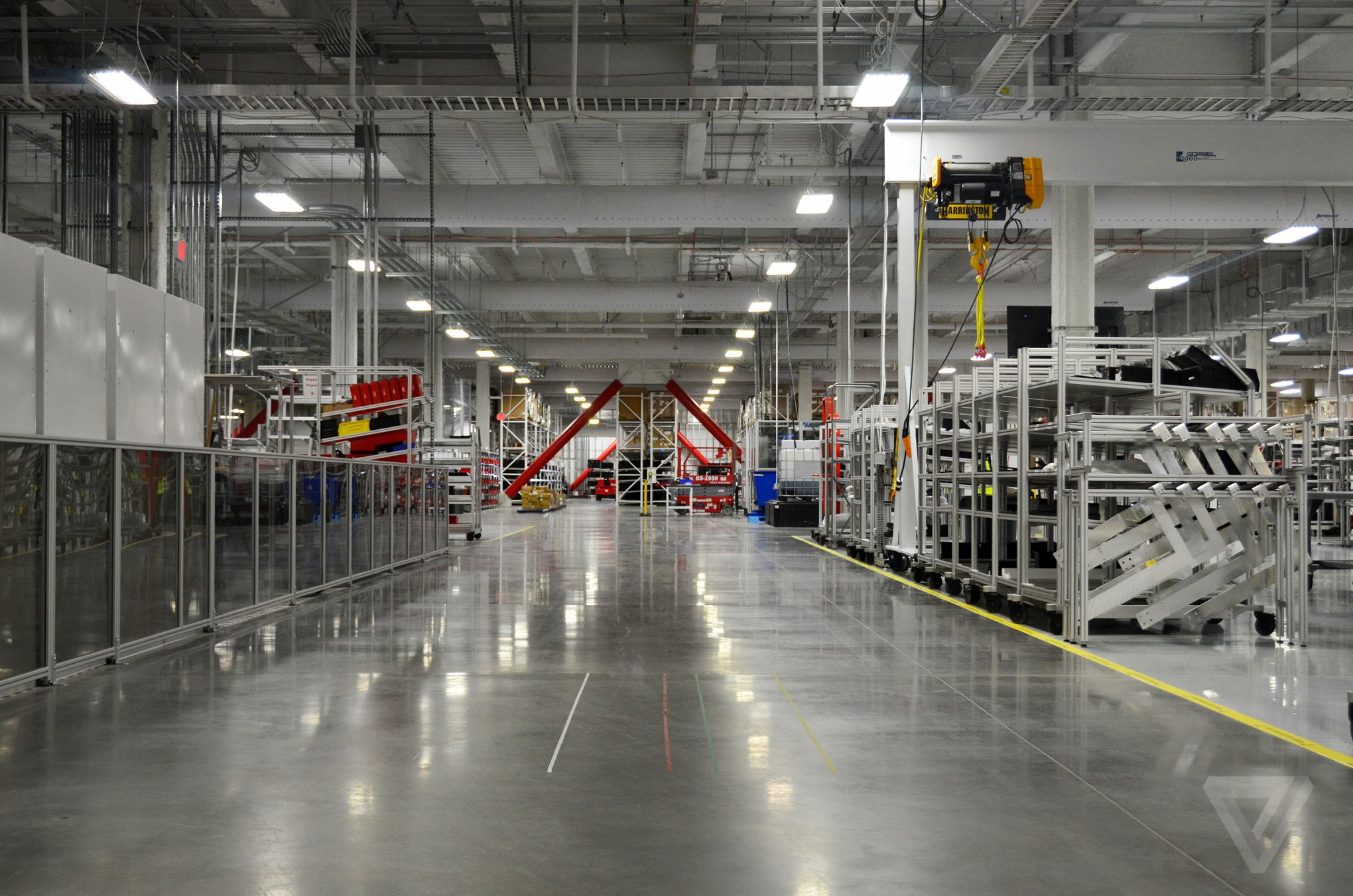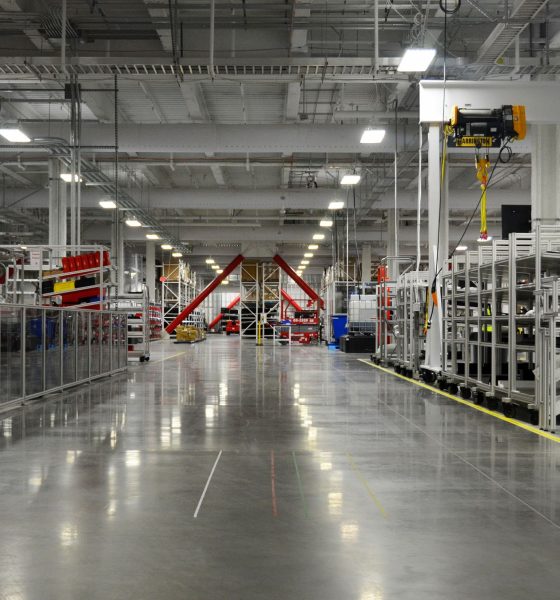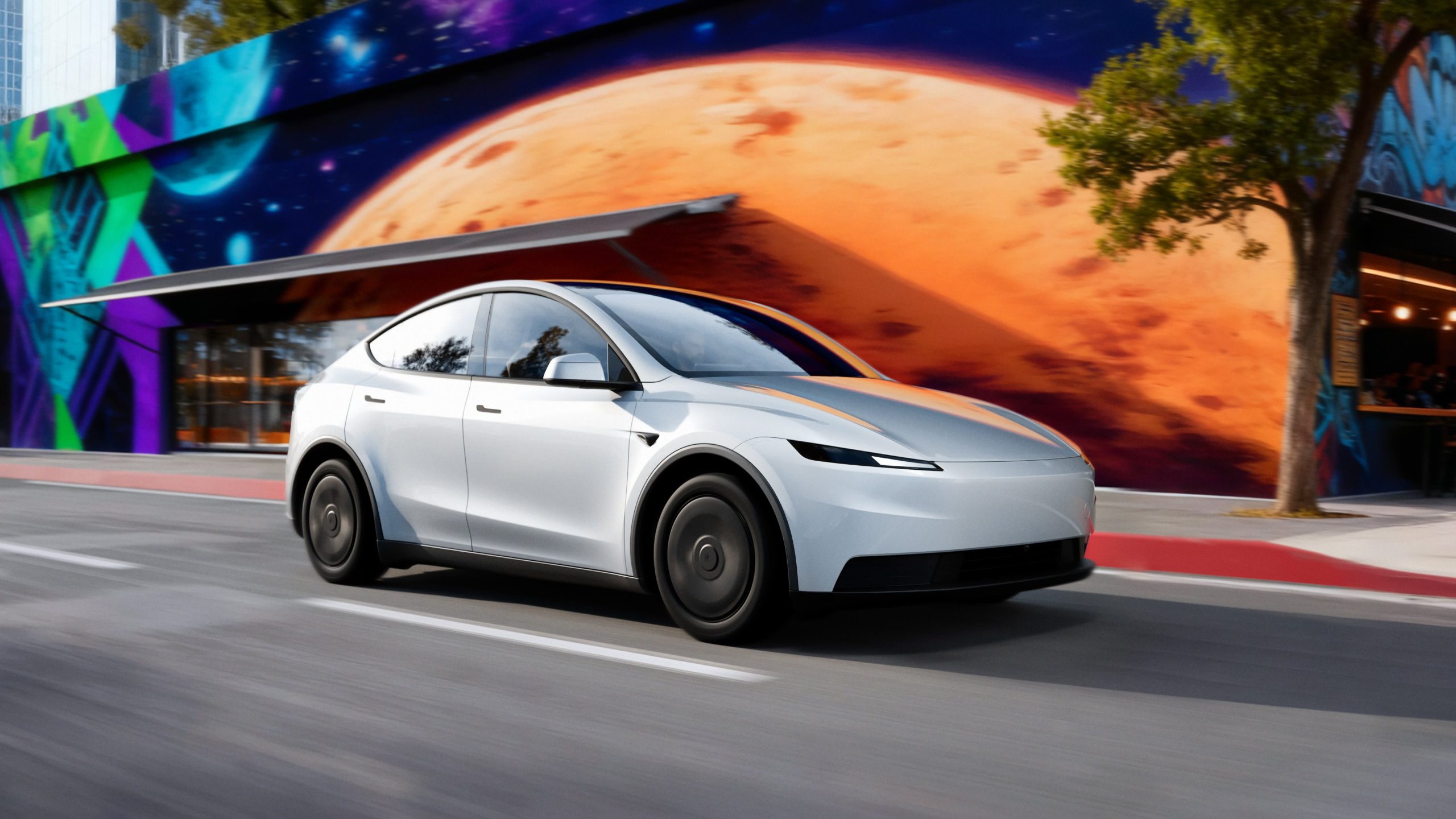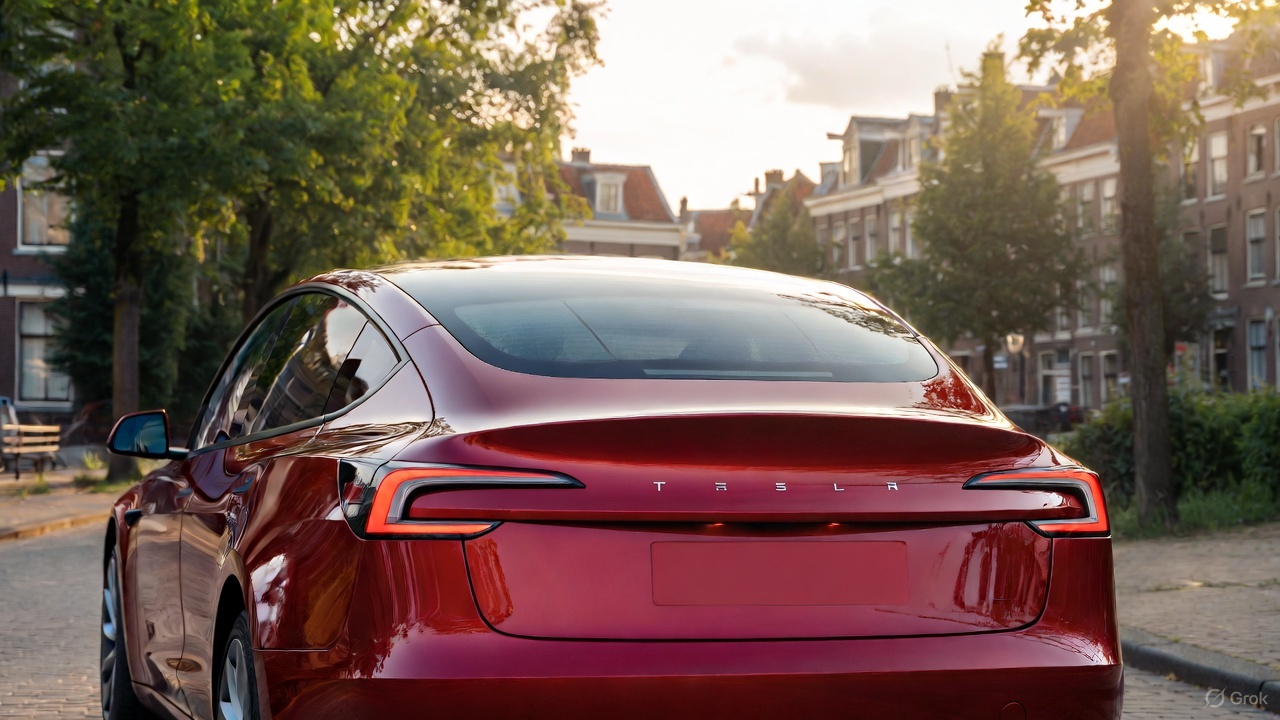

News
Tesla files lawsuit against ex-employee for sabotage, misreporting to media
Tesla filed a lawsuit in a Nevada court today against Martin Tripp, one of its former process technicians, over allegations of hacking, exporting confidential data to outside entities, and misreporting to the media.
Tesla’s lawsuit comes just days after Elon Musk sent out an email to employees informing them that a disgruntled employee has committed sabotage against the company. Sent on Sunday night, Musk’s email did not identify the alleged saboteur, though the CEO noted that what the employee has admitted to so far has been serious. Musk’s email further noted that the employee’s sabotage attempts were made in retaliation of a failed promotion.
Tesla’s lawsuit, which could be accessed in full here, provides a background of Tripp’s employment at Tesla and some of the circumstances that led him to act against the company. According to Tesla’s suit, Tripp started his employment back in October 2017 as a process technician, which gave him access to confidential information pertaining to several facets of Tesla’s manufacturing operations. Eventually, however, Tripp was allegedly unhappy in his role, complaining that his post was not “sufficiently senior.”
Tesla noted that Tripp was eventually reassigned to a new role on May 17, 2018, after his managers identified job performance problems and a tendency to be combative and disruptive to his colleagues. Tripp allegedly expressed anger over his reassignment, retaliating by initiating an attack on Tesla.
The Elon Musk-led company’s suit alleges that on June 14 and 15, Tesla investigators interviewed Tripp about his misconduct. While he allegedly denied any wrongdoing, he eventually admitted to several offenses after evidence was presented. Tripp admitted to writing software that hacked the Tesla Manufacturing Operating System and transferring several gigabytes worth of confidential and proprietary data to outside entities. Among these are images and a video of Tesla’s manufacturing operations. Tripp also admitted that he attempted to recruit additional sources inside Gigafactory 1 to share data outside the company.
Tesla further notes that Tripp had authored a hacking software that could have compromised other employees. Tripp had allegedly misreported to the media as well, making false claims about the quality of the battery modules being installed on the Tesla Model 3.
“While its investigation is still in the early stages, Tesla has also discovered that Tripp authored hacking software and placed it onto the computer systems of three other individuals at the company so that confidential Tesla data could be persistently exported off its network from these other systems to unknown third parties.
“Tripp also made false claims about the information he stole from Tesla. Tripp claimed that punctured battery cells had been used in some Model 3 customer vehicles even though the evidence clearly demonstrates that no punctured cells were ever used. Tripp also used the Tesla data that he exported to grossly overstate the true amount and value of “scrap” material that Tesla generated during the manufacturing process, and he falsely claimed that Tesla was delayed in bringing new manufacturing equipment online at the Gigafactory.”
Tesla has outlined five claims for relief in its lawsuit against the former employee, including violations described in the Defend Trade Secrets Act, the Nevada Uniform Trade Secrets Act, and the Nevada Computer Crimes Law. Tesla is also suing Tripp for Breach of Contract and Breach of Fiduciary Duty of Loyalty.
Tesla is yet to provide a statement about the recently filed lawsuit. Musk, however, addressed the lawsuit in a recent tweet.
There is more, but the actions of a few bad apples will not stop Tesla from reaching its goals. With 40,000 people, the worst 1 in 1000 will have issues. That’s still ~40 people.
— Elon Musk (@elonmusk) June 20, 2018

Elon Musk
Tesla CEO Elon Musk sends rivals dire warning about Full Self-Driving

Tesla CEO Elon Musk revealed today on the social media platform X that legacy automakers, such as Ford, General Motors, and Stellantis, do not want to license the company’s Full Self-Driving suite, at least not without a long list of their own terms.
“I’ve tried to warn them and even offered to license Tesla FSD, but they don’t want it! Crazy,” Musk said on X. “When legacy auto does occasionally reach out, they tepidly discuss implementing FSD for a tiny program in 5 years with unworkable requirements for Tesla, so pointless.”
I’ve tried to warn them and even offered to license Tesla FSD, but they don’t want it! Crazy …
When legacy auto does occasionally reach out, they tepidly discuss implementing FSD for a tiny program in 5 years with unworkable requirements for Tesla, so pointless. 🤷♂️
🦕 🦕
— Elon Musk (@elonmusk) November 24, 2025
Musk made the remark in response to a note we wrote about earlier today from Melius Research, in which analyst Rob Wertheimer said, “Our point is not that Tesla is at risk, it’s that everybody else is,” in terms of autonomy and self-driving development.
Wertheimer believes there are hundreds of billions of dollars in value headed toward Tesla’s way because of its prowess with FSD.
A few years ago, Musk first remarked that Tesla was in early talks with one legacy automaker regarding licensing Full Self-Driving for its vehicles. Tesla never confirmed which company it was, but given Musk’s ongoing talks with Ford CEO Jim Farley at the time, it seemed the Detroit-based automaker was the likely suspect.
Tesla’s Elon Musk reiterates FSD licensing offer for other automakers
Ford has been perhaps the most aggressive legacy automaker in terms of its EV efforts, but it recently scaled back its electric offensive due to profitability issues and weak demand. It simply was not making enough vehicles, nor selling the volume needed to turn a profit.
Musk truly believes that many of the companies that turn their backs on FSD now will suffer in the future, especially considering the increased chance it could be a parallel to what has happened with EV efforts for many of these companies.
Unfortunately, they got started too late and are now playing catch-up with Tesla, XPeng, BYD, and the other dominating forces in EVs across the globe.
News
Tesla backtracks on strange Nav feature after numerous complaints

Tesla is backtracking on a strange adjustment it made to its in-car Navigation feature after numerous complaints from owners convinced the company to make a change.
Tesla’s in-car Navigation is catered to its vehicles, as it routes Supercharging stops and preps your vehicle for charging with preconditioning. It is also very intuitive, and features other things like weather radar and a detailed map outlining points of interest.
However, a recent change to the Navigation by Tesla did not go unnoticed, and owners were really upset about it.
For trips that required multiple Supercharger stops, Tesla decided to implement a naming change, which did not show the city or state of each charging stop. Instead, it just showed the business where the Supercharger was located, giving many owners an unwelcome surprise.
However, Tesla’s Director of Supercharging, Max de Zegher, admitted the update was a “big mistake on our end,” and made a change that rolled out within 24 hours:
The naming change should have happened at once, instead of in 2 sequential steps. That was a big miss on our end. We do listen to the community and we do course-correct fast. The accelerated fix rolled out last night. The Tesla App is updated and most in-car touchscreens should…
— Max (@MdeZegher) November 20, 2025
The lack of a name for the city where a Supercharging stop would be made caused some confusion for owners in the short term. Some drivers argued that it was more difficult to make stops at some familiar locations that were special to them. Others were not too keen on not knowing where they were going to be along their trip.
Tesla was quick to scramble to resolve this issue, and it did a great job of rolling it out in an expedited manner, as de Zegher said that most in-car touch screens would notice the fix within one day of the change being rolled out.
Additionally, there will be even more improvements in December, as Tesla plans to show the common name/amenity below the site name as well, which will give people a better idea of what to expect when they arrive at a Supercharger.
News
Dutch regulator RDW confirms Tesla FSD February 2026 target
The regulator emphasized that safety, not public pressure, will decide whether FSD receives authorization for use in Europe.

The Dutch vehicle authority RDW responded to Tesla’s recent updates about its efforts to bring Full Self-Driving (Supervised) in Europe, confirming that February 2026 remains the target month for Tesla to demonstrate regulatory compliance.
While acknowledging the tentative schedule with Tesla, the regulator emphasized that safety, not public pressure, will decide whether FSD receives authorization for use in Europe.
RDW confirms 2026 target, warns Feb 2026 timeline is not guaranteed
In its response, which was posted on its official website, the RDW clarified that it does not disclose details about ongoing manufacturer applications due to competitive sensitivity. However, the agency confirmed that both parties have agreed on a February 2026 window during which Tesla is expected to show that FSD (Supervised) can meet required safety and compliance standards. Whether Tesla can satisfy those conditions within the timeline “remains to be seen,” RDW added.
RDW also directly addressed Tesla’s social media request encouraging drivers to contact the regulator to express support. While thanking those who already reached out, RDW asked the public to stop contacting them, noting these messages burden customer-service resources and have no influence on the approval process.
“In the message on X, Tesla calls on Tesla drivers to thank the RDW and to express their enthusiasm about this planning to us by contacting us. We thank everyone who has already done so, and would like to ask everyone not to contact us about this. It takes up unnecessary time for our customer service. Moreover, this will have no influence on whether or not the planning is met,” the RDW wrote.
The RDW shares insights on EU approval requirements
The RDW further outlined how new technology enters the European market when no existing legislation directly covers it. Under EU Regulation 2018/858, a manufacturer may seek an exemption for unregulated features such as advanced driver assistance systems. The process requires a Member State, in this case the Netherlands, to submit a formal request to the European Commission on the manufacturer’s behalf.
Approval then moves to a committee vote. A majority in favor would grant EU-wide authorization, allowing the technology across all Member States. If the vote fails, the exemption is valid only within the Netherlands, and individual countries must decide whether to accept it independently.
Before any exemption request can be filed, Tesla must complete a comprehensive type-approval process with the RDW, including controlled on-road testing. Provided that FSD Supervised passes these regulatory evaluations, the exemption could be submitted for broader EU consideration.








